Aseem critiques the Bengali Renaissance and the role that Tagore played in it, as Special Feature, exclusively for Different Truths.
“I have become my own version of an optimist. If I can’t make it through one door, I’ll go through another door – or I’ll make a door. Something terrific will come no matter how dark the present.” ~ Rabindranath Tagore
Talk about perseverance, talk about optimism, talk about faith and talk about creative essence and you will find yourself talking about one person who believed in all of that – Rabindranath Tagore, the poet who never failed to captivate his audience through his love for all that lives and exists. The Nobel Laureate in literature from India. His seminal work “Gitanjali” has received admiration across the stretch of the globe. A tall figure in Bengali history, who was not just ‘Gurudev’[1] to his pupils at Santiniketan, but ‘a great mystic of the East’[2] to his followers in the West.
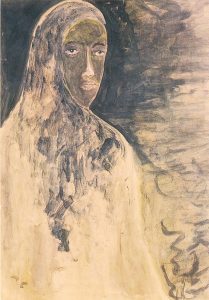 We live in a century where the connection between individuals and art has been severed by technological advances and times when the click of a button can take an individual on a tour of the world. However, even with such an empowerment, the soul feels impoverished and alienated to the surroundings. It’s at times like these when we feel the need to invoke the great souls like Tagore and his lessons on altruism and humanism through the medium of Art. Tagore was not irrationally critical of modern science but always advocated for the interpretation of truth through observation and reflective concepts[3]. This means that Tagore juxtaposed truth to human perception and believed that until there were no observers to the truth, nothing could be classified as true or untrue.
We live in a century where the connection between individuals and art has been severed by technological advances and times when the click of a button can take an individual on a tour of the world. However, even with such an empowerment, the soul feels impoverished and alienated to the surroundings. It’s at times like these when we feel the need to invoke the great souls like Tagore and his lessons on altruism and humanism through the medium of Art. Tagore was not irrationally critical of modern science but always advocated for the interpretation of truth through observation and reflective concepts[3]. This means that Tagore juxtaposed truth to human perception and believed that until there were no observers to the truth, nothing could be classified as true or untrue.
Tagore is known to have floated the idea of internationalism, which acts as an adhesive force to bridge differences and to cut across the human-made boundaries, against nationalism, which contrary to this, is divisive and political. By reverting back to art, a platform is being created which unites people by not only sharing their similarities but also celebrating their idiosyncrasies that are admired irrespective of differences in race, class, language, and ethnicities. Art in such an expression became the armour against imperialism, subjection, oppression, and hate. For Tagore, Art and aesthetics were not appendages to the human body or something exterior, but they were an integral part of the soul, which manifested through the imagination and skills of an artist.
Tagore’s utopia, which was formulated in the backdrop of the conflict between British imperialism and Indian nationalism honoured the Orientalist legacy as well as the modern[4]. Thus, Tagore was the critical link in the chain that tied together the classical and the modern, the old and the new, the fight against imperialism and also the fight against blinded patriotism. He represents the last phase of the Bengali Renaissance[5], the purpose of which was to launch a secular struggle for rational freethinking. Although the Bengali Renaissance was led predominantly by Hindu, many Muslim intellectuals like Mir Ameer Ali and Mosharraf Hussain participated in the movement. The need of the hour is a leadership like theirs which believes in the progressive and peaceful transition of the society by means of cultural, intellectual a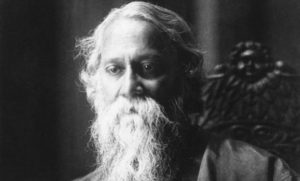 nd artistic growth.
nd artistic growth.
Our world and society are fractured and each one of us faces a pertinent fear in the face of communal hatred which is rampantly rising in the country and across the globe. There is a concerted effort to suppress voices and fragment the society on the lines of religion and community and to disrupt a harmony that we have tried to sustain within diversity. By 1915, Tagore had already come to be idolised as the ‘poet of peace in the noblest sense of the word’[6] as he vehemently criticized the War in Europe as a bloodlust for vengeance fuelled by a false sense of identity and blind hatred for the ‘other’.
Therefore, it is important to remember Tagore’s famous phrase, “Where the mind is without fear” and so, Aseem Asha’s Flying Birds of India is trying to set this precedence for an exchange of art and values to heal the fractures in the society by spreading love and compassion. Through the Tagore Utsav, 2018, the group is trying to remember Tagore through his work and life philosophy and set a recourse towards his principled teachings. The theme, “where the mind is without fear”, is a rallying point for all those who do not wish to give in to the fear of hate and violence and want to blow the trumpets of peace, universalism, and empathy.
Reference
[1] A title was given to the poet by Mohandas Karamchand Gandhi.
[2] A title that many of Tagore’s followers criticize as being nothing but a tool used by those in the West to appropriate Tagore as an Ideal Indian.
[3] According to the report of his conversation with Einstein, published in The New York Times in 1930
[4]“The Bengal Renaissance: a critique” by Prof. Soumyajit Samanta, July 2008.
[5] Bengali Renaissance was a cultural, social, intellectual and artistic movement in Bengal region of the Indian subcontinent during the period of British rule, from the nineteenth century to the early twentieth century.
[6] Martin Kampchen, “Rabindranath Tagore: One Hundred Years of Global Reception”, 2012.
©Aseem Asha Usman
Photos from the Internet
#TributeToTagore #Tagore #BengaliRenaissance #UtopiaOfTagore #DifferentTruths

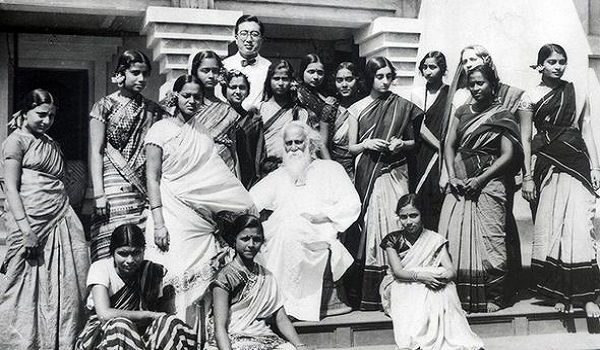
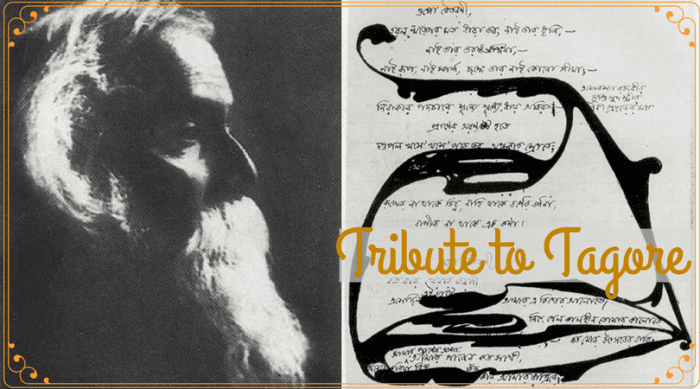
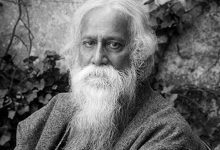
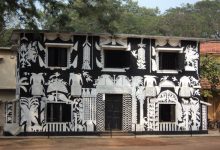

 By
By
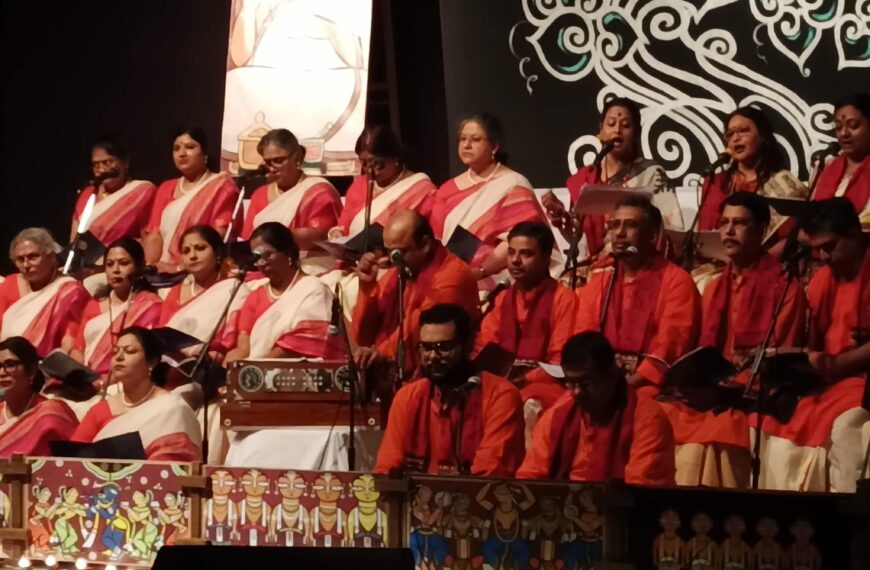
 By
By
 By
By
Powerful , heart warming piece that makes you feel proud to have this heritage